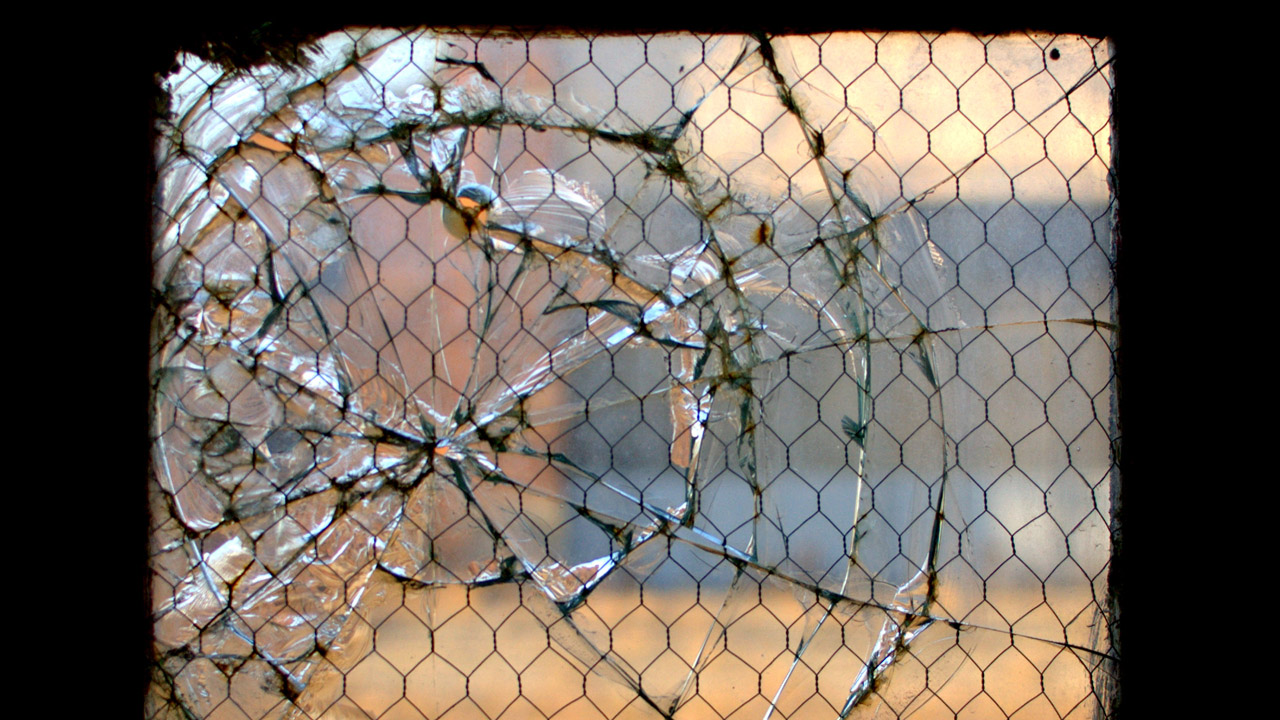While the NYPD continues to trumpet its use of “broken windows” policing, actual damaged or missing windows in public housing buildings has increased by 945% between 2005 and 2011, according to a new report from the NYC comptroller’s office.
In 2011, the last year for which data was available, New York City Housing Authority buildings were three times as likely to have broken windows, compared to the city’s overall housing stock. This, and multiple other quality-of-life problems effect the city’s poorest residents. Between 2008 and 2011, heating system breakdowns in public housing increased by more than 72%. In 2011, 32% of public housing residents reported leaks and 37% reported rodent problems. Additionally, more than a third of African-American residents in rent-regulated homes reported at least three “serious maintenance deficiencies.”
The “broken windows theory” argues that harshly policing certain quality-of-life crimes will deter bigger crimes from happening. One of its initial focuses were real broken windows of housing projects and crime-effected areas of the city. Since then, police have shifted focus to targeting turnstile jumping, graffiti, biking on a sidewalk, acting as an unlicensed general vendor and various other minor offenses. The theory is being criticized heavily for its documented racial bias and excessive use of force, particularly since the death of Eric Garner in Staten Island, after a cop placed him into an illegal chokehold during an arrest for selling loosie cigarettes. (Flickr: @contortyourself)


